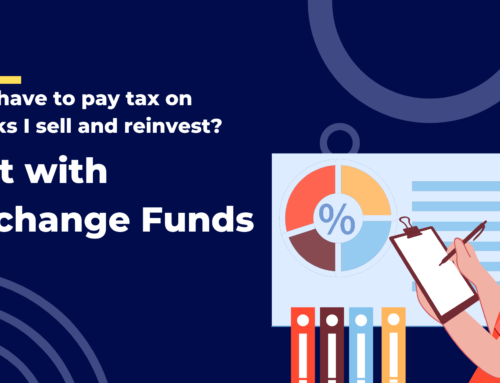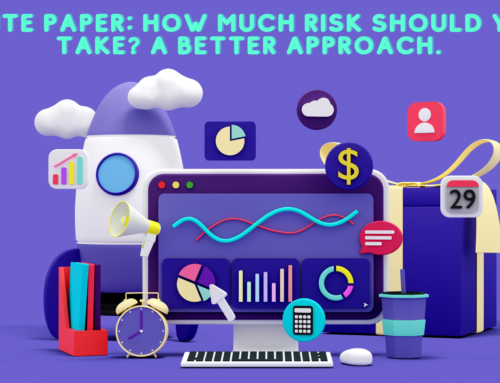The IRA has long been viewed by the investment community as one of the best vehicles for saving for your own retirement, hence the name, Individual Retirement Account (IRA). What most people don’t know is that you can make charitable donations directly from your IRA and that it may reduce your overall tax burden. It’s complicated and it is not for everyone so if this post piques your curiosity, I encourage you to read on and do a little homework before you start filling out a distribution form.
For those folks who are highly charitably inclined, of retirement age but likely still working and earning a large income, this strategy may be for you. Normally, you may begin making distributions from an IRA at age 59 and the government requires everyone at age 70.5 to make required minimum distributions from their IRA’s. Quite simply, the government let you put this money away tax-deferred earlier in life, so they want to tax it at some point. While you cannot take a deduction by donating your distribution, you can lower your adjusted gross income (AGI) by up to $100,000 by distributing your distribution directly to a qualified charity. Be careful, if you take the distribution yourself, then give the money to charity then this strategy is null and void. Minimizing your AGI can help lower your marginal tax bracket, avoid the additional 3.8% surtax on net investment income and the 0.9% healthcare surtax on earnings. All these add up to a potentially a win-win for a charitably inclined investor looking to make a difference.
This strategy certainly isn’t for everyone but when applied correctly, it can make sense for some charitably inclined people over 59 years old who have a current year high income and have large IRA accounts. This strategy can only be used with an IRA account, 401K’s are not eligible. Also, it is important to understand that whatever money you take out of your IRA now, won’t be there for you in the future so plan wisely. As always, we are not CPA’s at RHS Financial so we suggest you consult a tax professional before attempting this or any other tax planning strategy.
Disclosures: This post is solely for informational purposes. Past performance is no guarantee of future returns. Investing involves risk and possible loss of principal capital. No advice may be rendered by RHS Financial, LLC unless a client service agreement is in place. Please contact us at your earliest convenience with any questions regarding the content of this post. For actual results that are compared to an index, all material facts relevant to the comparison are disclosed herein and reflect the deduction of advisory fees, brokerage and other commissions and any other expenses paid by RHS Financial, LLC’s clients. An index is a hypothetical portfolio of securities representing a particular market or a segment of it used as indicator of the change in the securities market. Indexes are unmanaged, do not incur fees and expenses and cannot be invested in directly.






